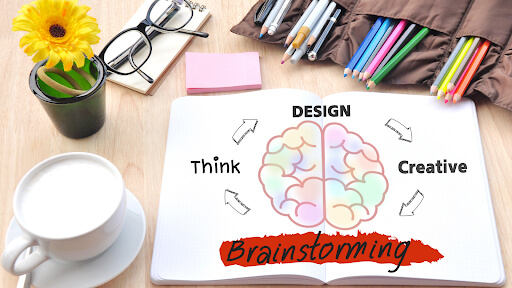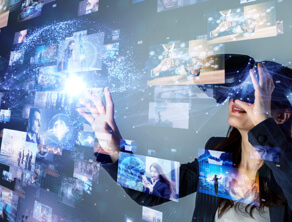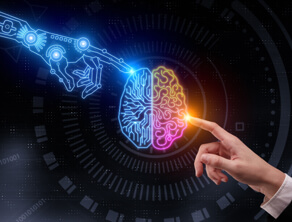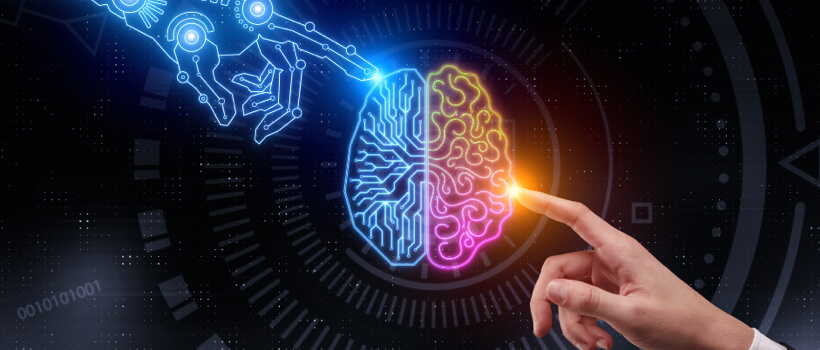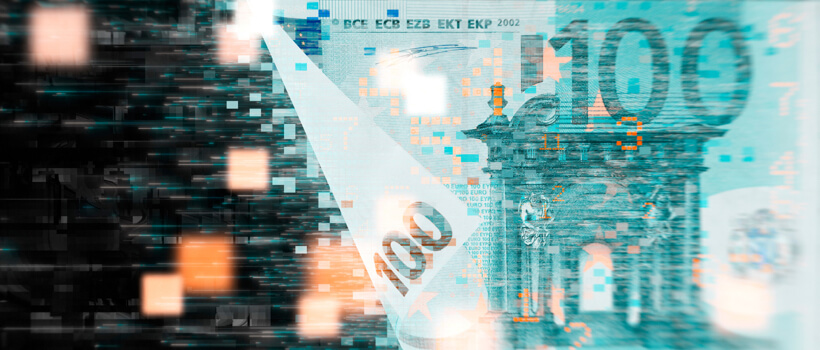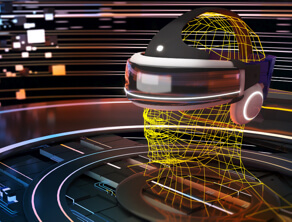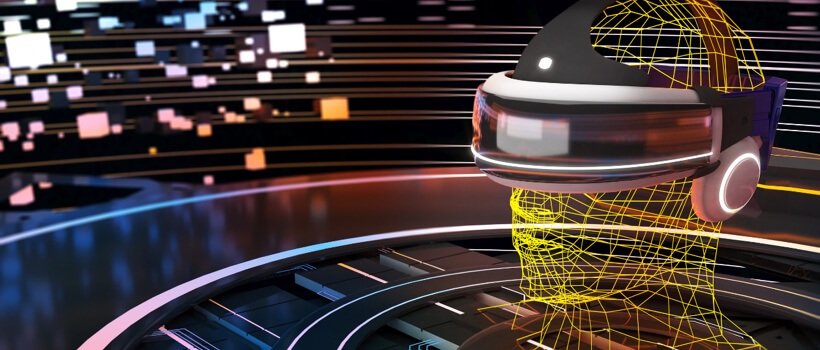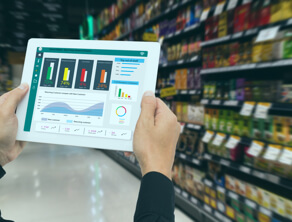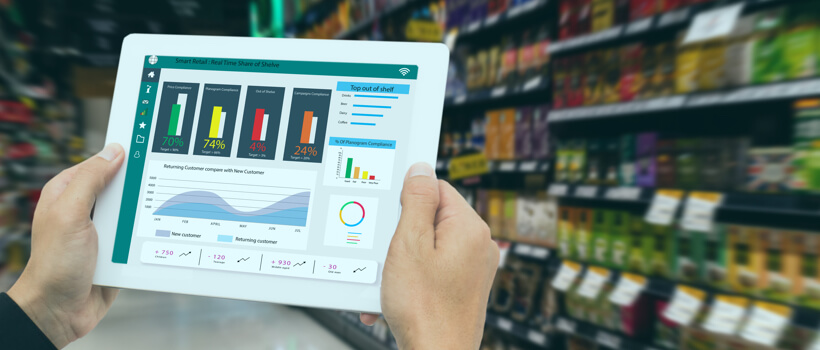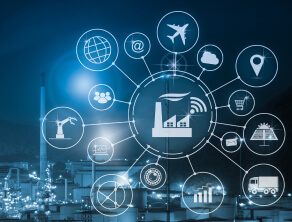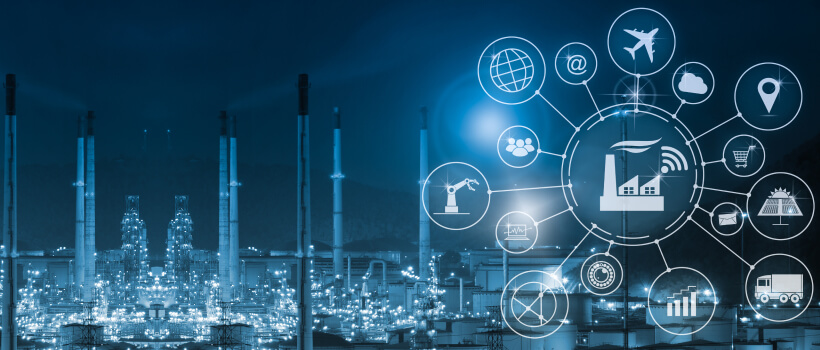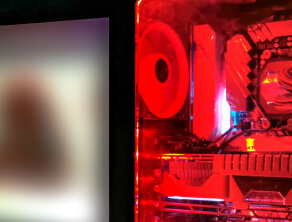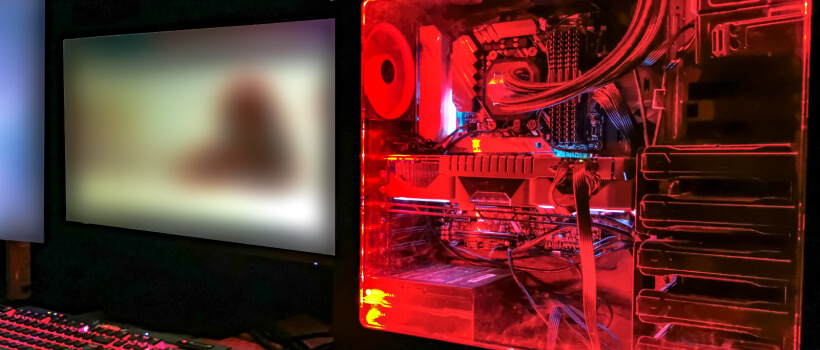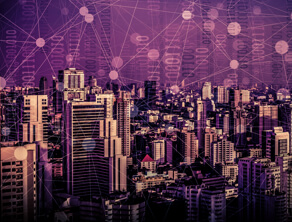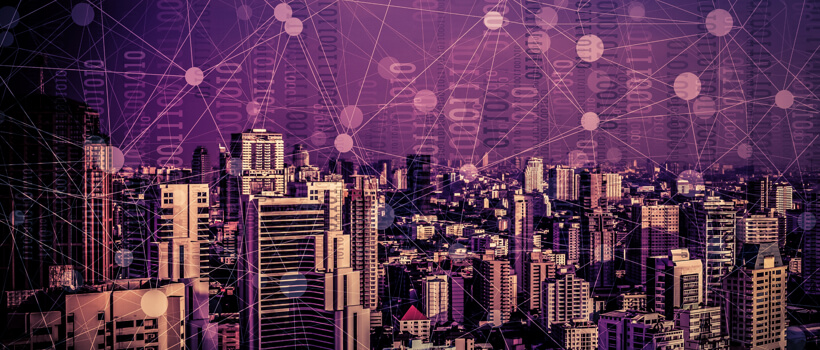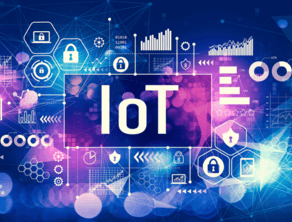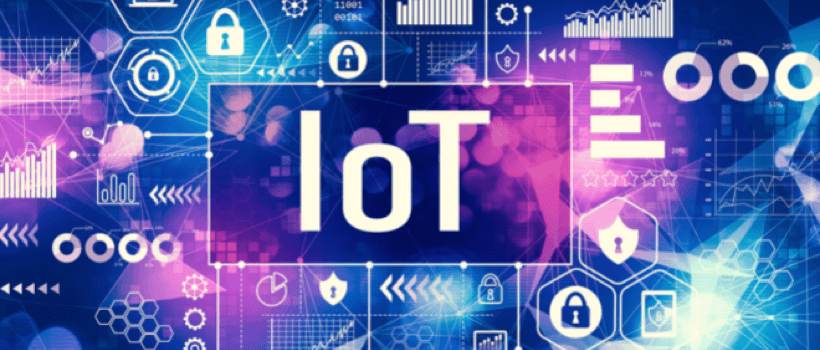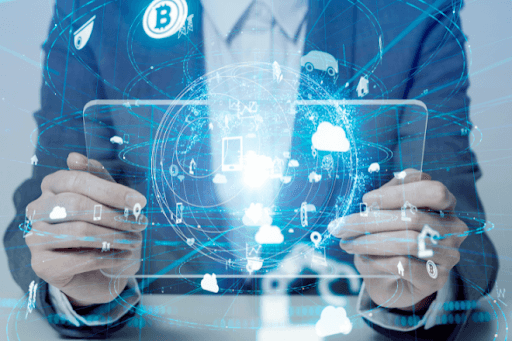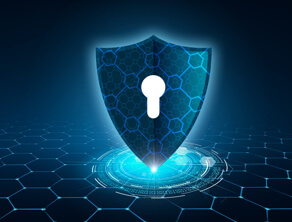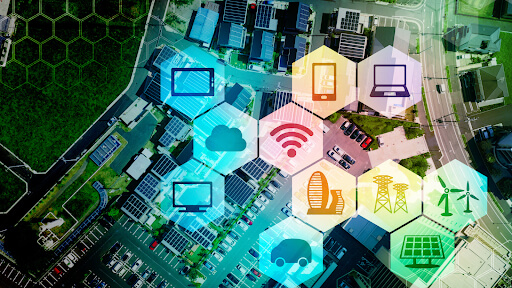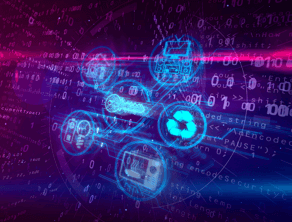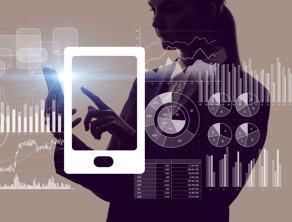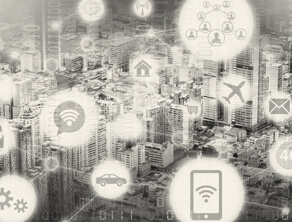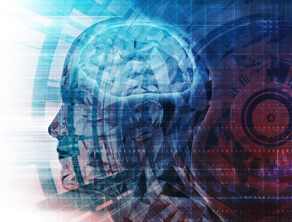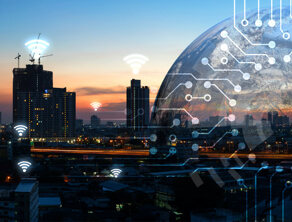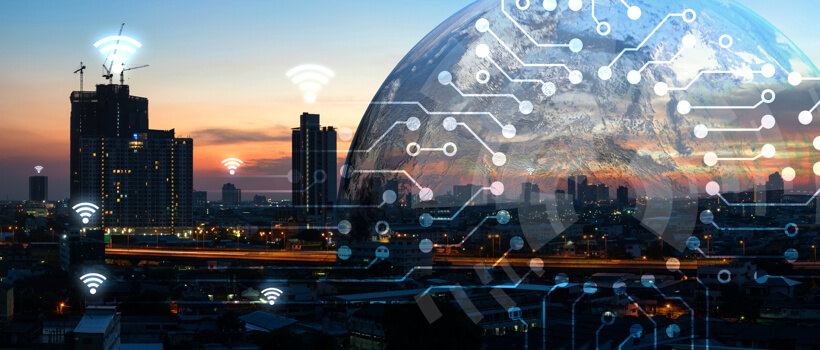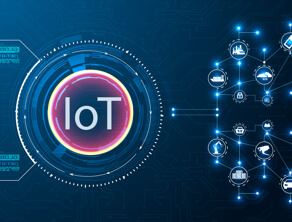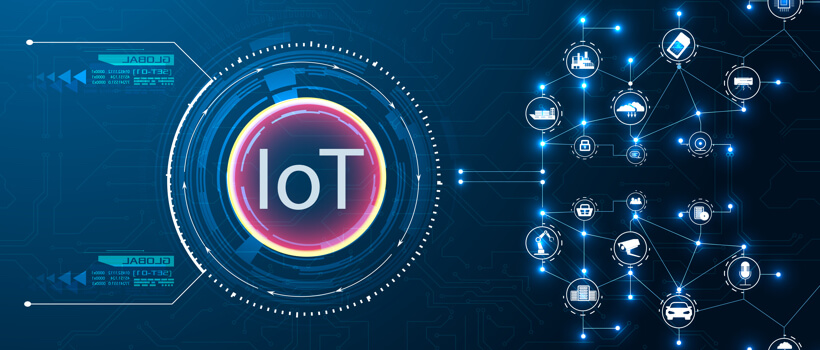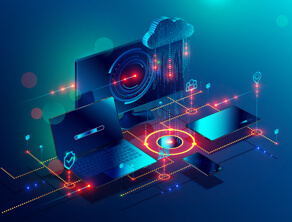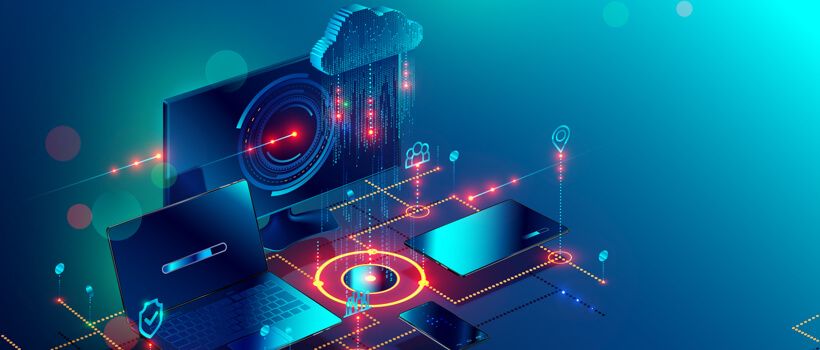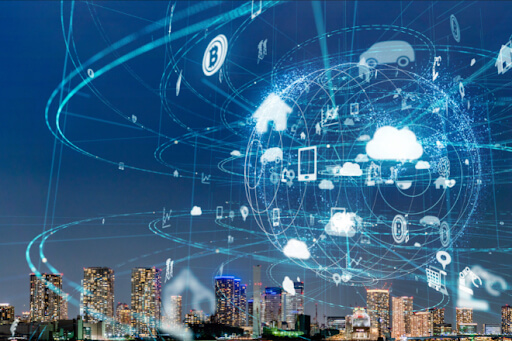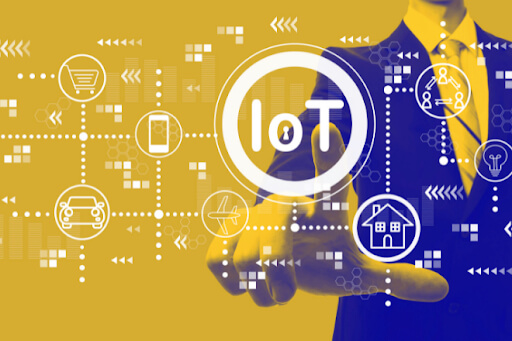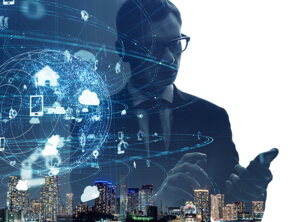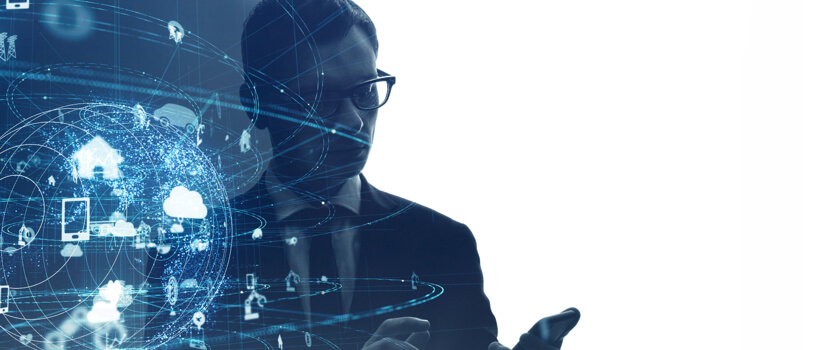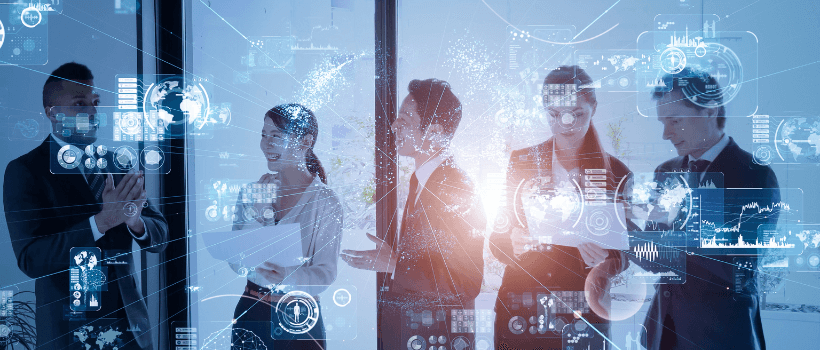
Organizations worldwide recognize the importance of digitalization for success. However, to do so, they must develop an effective digital transformation strategy that embraces the latest technologies and changing customer preferences.
In this blog, we’ll review the critical elements of an effective digital transformation strategy that every company should consider before embarking on its digital transformation journey. So, let’s get started!
What Is a Digital Transformation Strategy?
Digital transformation is leveraging technology to create new or improved business processes, services, and products. It has recently become a vital competitive strategy for organizations and businesses. As companies strive to become more agile, efficient, and customer-centric, digital transformation has become increasingly relevant.
At its core, digital transformation is about redefining how a business operates to meet the changing demands of customers and market demands. This can involve a complete overhaul of existing processes and technology or incremental changes.
For businesses, digital transformation means using digital technologies – such as cloud computing, customer experience (CX) consulting, the Internet of Things (IoT), artificial intelligence (AI), and machine learning – to revolutionize how they design, produce, and deliver their products and services.
Not only that, some prominent digital transformation strategy examples include transitioning into a remote workspace or hybrid work model, using AI-driven insights to improve efficiency, automating employee performance management, etc. By harnessing digital technologies, companies can stay in the competition.
They can gain a competitive edge by creating unique products and services, engaging with customers in more personalized ways, and streamlining internal processes to reduce costs. Ultimately, digital transformation is essential for businesses that want to stay ahead of the competition and remain relevant in a rapidly changing world.
It is a process that requires organizations to rethink how they operate and embrace innovation. It is an ongoing process that requires organizations to refine and adapt their digital strategies to stay ahead continually.

6 Keys To Effective Digital Transformation Strategy
Digital transformation is a critical element of any successful business strategy in today’s digital world, and an effective digital transformation strategy is essential to ensure success.
Many entrepreneurs want to digitize their endeavors but have no idea how to develop a digital transformation strategy. Here are six critical elements of effective digital transformation:
- Define Clear Objectives
The first key feature of an effective digital transformation strategy is to define clear and measurable objectives. Digital transformation is not a cut-and-dry concept; many sources define it differently.
For a successful transition into digital technology, businesses must know what they want and how they want to achieve it. Companies must also identify what they want to achieve and how they will measure the strategy’s success. Defining objectives in this way ensures that the digital transformation strategy is viable and relevant.
- Create An Integrated Approach.
Creating an integrated approach is very important for successful digital transformation and strategy. This means that business owners must consider all areas of the business and align all elements of the system.
This allows businesses to create a coherent strategy considering customer needs, technological changes, and future trends. A comprehensive digital transformation strategy should also include existing employees’ ability to accept and adapt.
- Adaptability And Agility
An important criterion for effective digital transformation is embracing and adapting to change. The strategy must adapt to changing market conditions, customer needs, and technological advances.
Change is the only constant in the current market. Any change can be an opportunity if seized at the right moment and in the right way. Businesses must be prepared to act quickly and decisively to take advantage of opportunities.
- Effective Communication
Effective communication is crucial for digital transformation. Workers who have been in the company for too long might see digital transformation as a barrier. This is why clear and transparent communication is essential to clarify confusion and make informed decisions.
Communication includes both internal and external communication. Internally, this involves creating a culture that encourages communication between departments, teams, and individuals. Externally, this consists in communicating the strategy to customers and other stakeholders.
- Use Of The Right Technology
Technology to enhance people and processes is a critical element of digital transformation. Businesses must invest in technologies that automate processes, streamline operations, and provide better customer experiences.
However, choosing the right technology is essential. Resorting to the latest technology will not be fruitful if it’s not right. Investing in the wrong technology is a waste of money and resources.
Instead of going after modern and flashy technologies, go for the ones that suit the company’s needs.
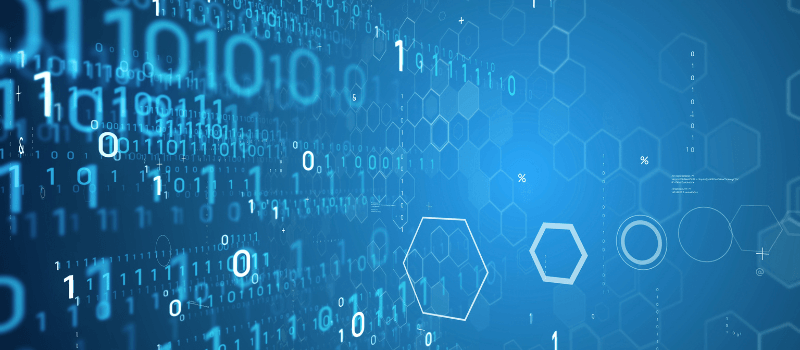
- Upskilling
Upskilling is an essential aspect of any business. But, many people are unaware of this. To stay in the game, companies must sharpen their skills frequently to meet current needs and demands.
Businesses must allocate resources to ensure that their employees have the latest technologies at their disposal. Changes occur every day, and the latest skills are becoming obsolete fast.
So, companies should invest in training their employees with the latest skills. Growth and innovation are the key drivers of digital transformation. This is essential for businesses to remain competitive and to ensure that their employees can take advantage of the opportunities presented by digital transformation.
Conclusion
An effective digital transformation strategy should focus on building an agile, customer-centric organization that prioritizes data-driven decisions and can quickly adapt to changing customer needs.
It should prioritize the implementation of new technologies and secure the necessary resources to ensure successful adoption. By taking these steps, businesses will stay ahead of the competition and remain relevant in the digital age.
 1-800-805-5783
1-800-805-5783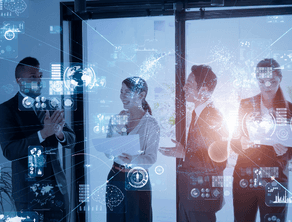
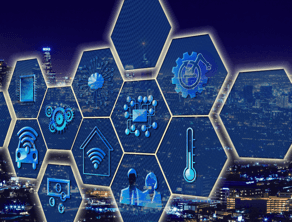
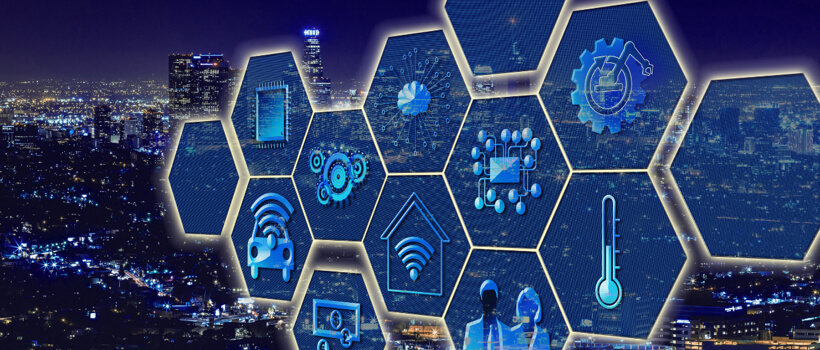
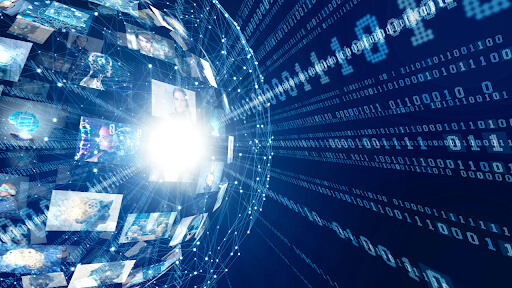
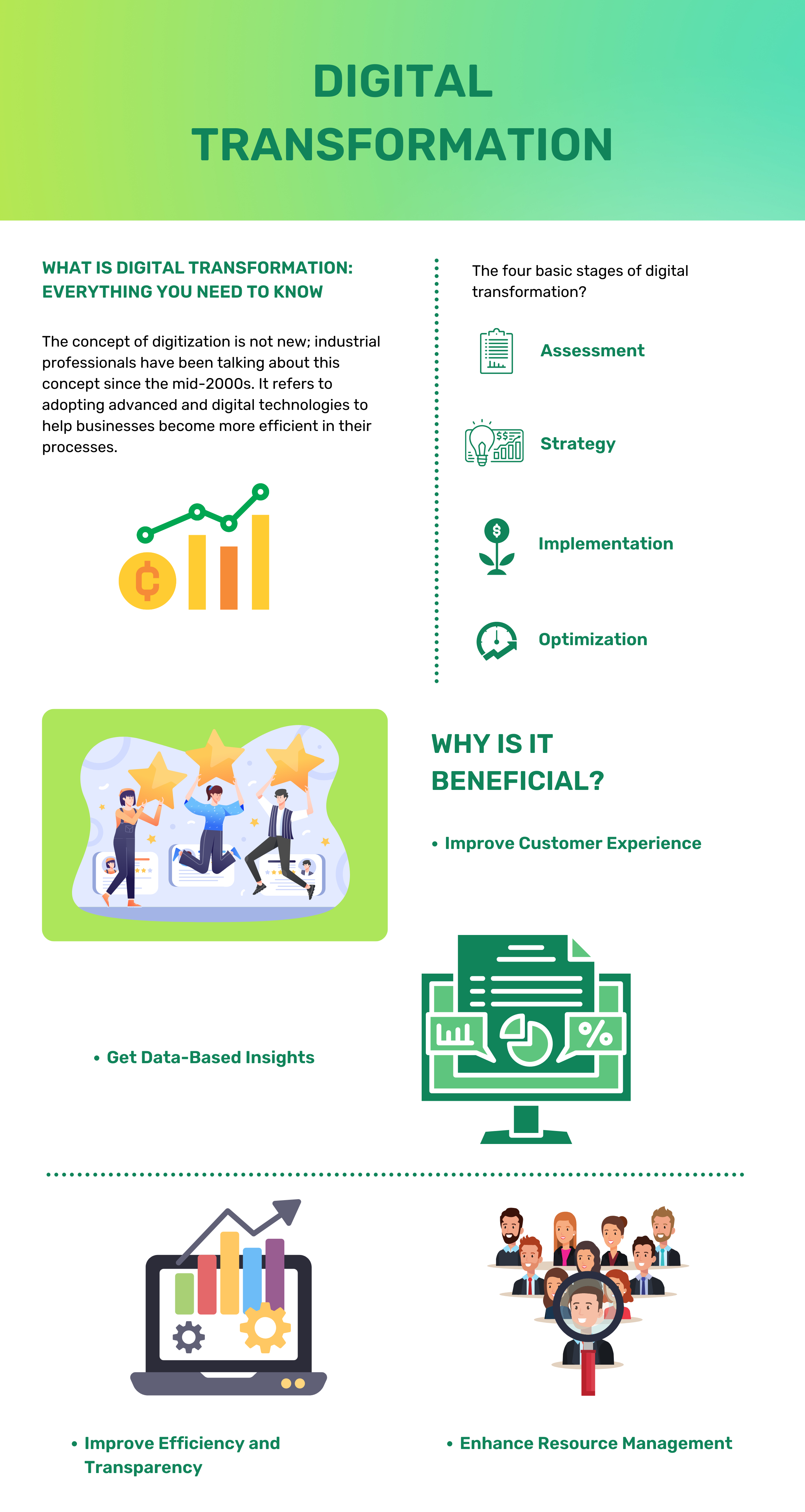
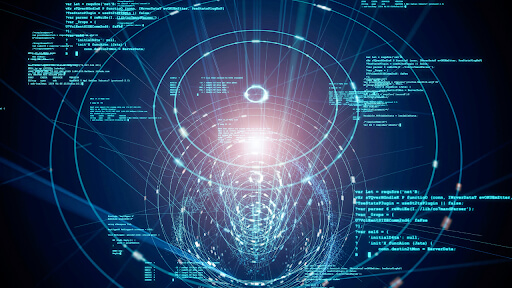
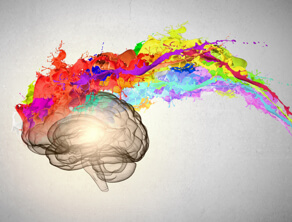
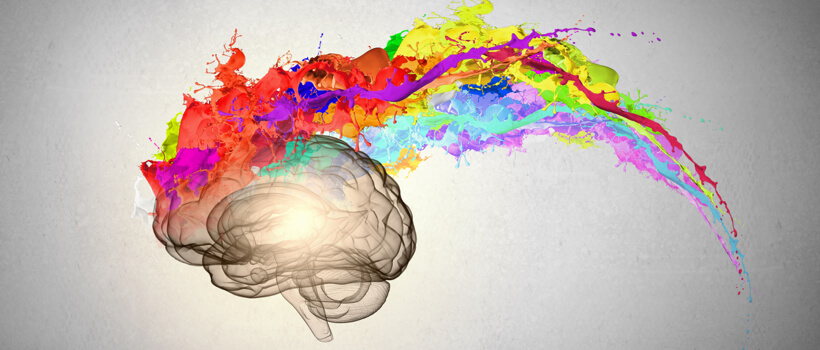 Design thinking goes beyond a framework or approach. You and your team can frequently overcome The most difficult problems through design thinking, with a successful solution at the other end.
Design thinking goes beyond a framework or approach. You and your team can frequently overcome The most difficult problems through design thinking, with a successful solution at the other end.
